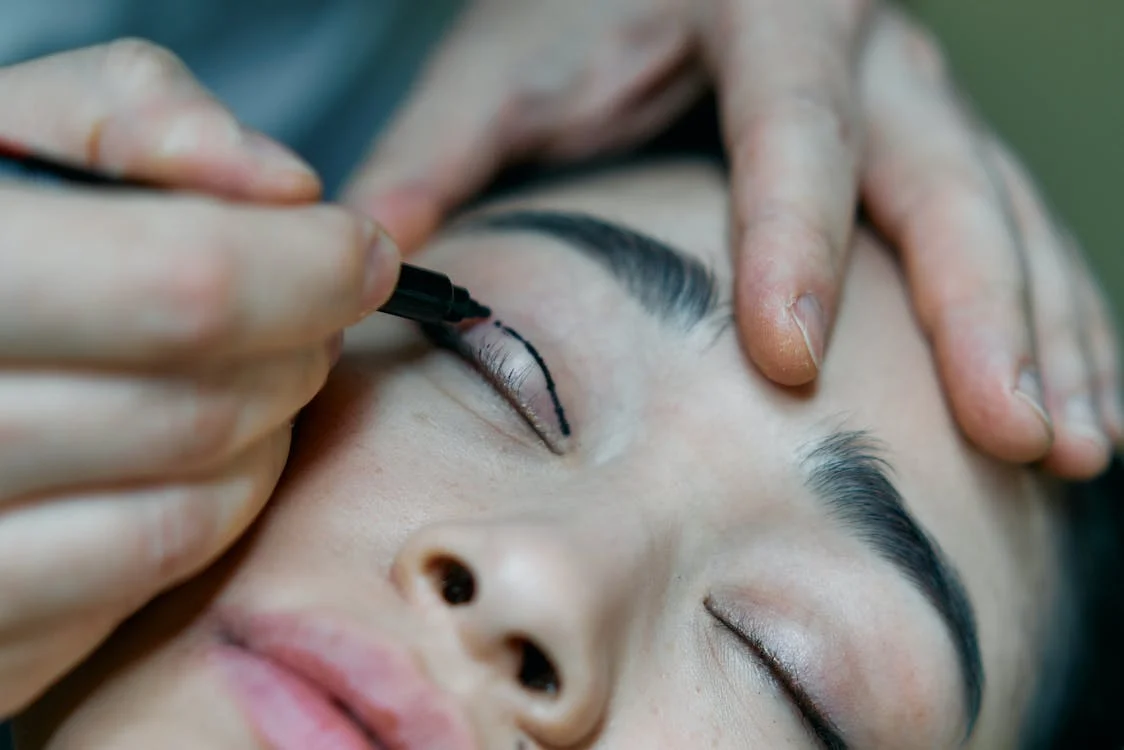
Conocer las características de la piel y los cuidados de la piel del recién nacido que se deben seguir según la literatura científica.
A lo largo del período neonatal, la piel del recién nacido se adapta de la vida intrauterina al ambiente externo. El período neonatal, o el recién nacido se refiere a la primer mes de vida.
Los recién nacidos pueden ser en cuanto a la edad gestacional estimada:
• A término, nacen entre las 37 y 42 semanas.
• Pretérmino: nacen antes de la semana 37.
• Postérmino: nacen posteriormente de la semana 42.
Presento estos datos para una mejor comprensión del texto posterior. Primero, describiré cómo se ve la piel del recién nacido y después hablaré sobre el cuidado de la piel del recién nacido.
Características anatómicas y funcionales de la piel del recién nacido.
Barrera cutánea (1,2)
Su función reside en la epidermis, la capa más externa de la piel. La barrera cutánea está totalmente desarrollada en los recién nacidos a término y no se han encontrado diferencias con los adultos en la pérdida de agua transepidérmica. La medición de este parámetro se contempla el “estándar de oro” para la evaluación de la barrera cutánea. Por debajo de la semana 37 y fundamentalmente por debajo de la semana 34, la barrera cutánea no está totalmente desarrollada y se estima que tarda de 2 a 4 semanas en hacerlo. Las áreas de la piel donde la barrera cutánea se desarrolla más rápidamente son las palmas y las plantas, ciertamente asociadas con la capacidad de sudar.
Hidratación de la piel (2)
Los recién nacidos por debajo de la semana 30 disponen la piel más hidratada, ciertamente debido a la persistencia de vérnix caseosa. los vérnix caseosa Es un manto hidrofóbico que recubre al feto en el útero y lo protege de la maceración en su interior.
PH (2,3)
La presencia del “manto ácido” de la piel es necesaria para defenderse de las bacterias y otros agentes. Los recién nacidos, independientemente de su edad gestacional, disponen un pH cutáneo más elevado que los adultos, dicho de otra forma, su piel es más básica. En el período posnatal, el PH disminuye gradualmente hasta ser equivalente al de los adultos entre los días 30 y 90 aproximadamente.
Secreción sebácea (1,2)
En la primera semana posteriormente del nacimiento, los recién nacidos experimentan un incremento en la secreción sebácea, ciertamente debido al paso de hormonas transplacentarias. Después, permanece bajo hasta el período prepuberal.
Sudor (2)
Los recién nacidos a término disponen la capacidad de sudar por el calor y las emociones. Parece que estas funciones se desarrollan a partir de la semana 29.
Flujo sanguíneo (2)
La vascularización completa de la piel, con la aparición de toda la microvasculatura, ocurre posteriormente de dos semanas de nacimiento. La capacidad de responder a los estímulos vasculares de la piel, como el frío o el calor, está presente al nacer, tanto en los recién nacidos a término como en los prematuros.
Estas características se resumen en la siguiente tabla junto con la unidad anatómica involucrada (Tabla 1), para facilitar su lectura (1) y para entender mejor los cuidados de la piel del recién nacido que deben tenerse en cuenta.
Tabla 1. Características anatómicas y funcionales de la piel del recién nacido (Adaptado de: Torrelo A. Dermatología en Pediatría General (1)

Cuidado de la piel del recién nacido
Ambiente (2,3)
• Temperatura: un ambiente excesivamente caluroso, fundamentalmente en el recién nacido prematuro, aumenta la pérdida de calor a través de la piel y por tanto el riesgo de hipotermia.
• Humedad del aire: presumiblemente el aumento de la humedad del ambiente reduce la pérdida de agua de la piel y mejora la barrera cutánea. No obstante, en un estudio realizado en recién nacidos prematuros, se encontró que aquellos que fueron sometidos a un ambiente más húmedo tardaron más en madurar su barrera cutánea (4).
Baños (4)
• Bañar a los recién nacidos no se contempla perjudicial, aún cuando elimina la vérnix caseosa que protege la piel al nacer.
• Se recomienda bañar a los recién nacidos a partir de las 6 horas posteriores al nacimiento y en el caso de pretérmino se espera de 4 a 6 días.
• El jabón debe tener un PH neutro y el champú no es imprescindible dentro del cuidado de la piel del recién nacido.
• Se recomienda que el baño dure menos de 5 minutos y esté a una temperatura agradable no superior a 37 grados.
Hidratación (3.4)
• La aplicación de cremas emolientes en el recién nacido reduce el riesgo de dermatitis e irritaciones del pie, fundamentalmente si añaden lípidos, como colesterol, ceramidas, palmitato o ácido linoleico. Estos lípidos ayudan a mantener el equilibrio de la barrera cutánea.
• Su uso en recién nacidos prematuros es más controvertido dado que la barrera epidérmica es inmadura y se ha encontrado en algunos estudios que la aplicación de emolientes en la piel favorece las infecciones en el Hospital.
Cuidados generales (4)
• Las uñas deben estar limpias y cortas.
• Cambios de pañales:
– Usual posteriormente de cada toma.
– Se puede limpiar con toallitas húmedas, que son menos irritantes si al mismo tiempo disponen una loción aceitosa hidratante. Caso contrario, se puede usar agua esterilizada.
– La aplicación de cremas barrera a base de vaselina (vaselina) u óxido de zinc sobre los cambios minimiza el riesgo de irritación.
• Cuidado del ombligo / cordón umbilical:
– El lavado diario y la aplicación de clorhexidina al menos una vez al día durante los primeros 10 días evita el riesgo de infección.
– Debe manipularse con cuidado con la higiene de manos.
– Evite la suciedad en la zona o el roce del pañal.
Desinfectantes para el cuidado de la piel del recién nacido (4)
• La clorhexidina es segura en el recién nacido.
• Se deben evitar el alcohol y los desinfectantes yodados.
Protección solar en el recién nacido (3,4)
• Los recién nacidos no deben exponerse al sol.
• En casos inevitables, es mejor usar un bloqueador solar mineral o físico con factor de protección 30 o superior.
Aplicación de medicación en cremas en el recién nacido (4)
• Se incrementa la absorción de medicación a través de la piel en el recién nacido, se debe tener cuidado con estos tratamientos dado que hay algunos capaces de causar toxicidad.
• Es bien conocida en dermatología la capacidad descrita de la prilocaína, un anestésico ampliamente utilizado en crema en dermatología, para producir metahemoglobinemia en recién nacidos si se aplica en áreas extensas.
References
1. Torrelo A. Dermatología en pediatría general. Aula de Medicina. Primera edición.
two. Flur JW, Darñenski R, Taieb A, et al. Adaptación funcional de la piel en la infancia: casi completa, pero no del todo competente. Exp Dermatol 2010; 19: 483-492.
3. Flur JW, Darlenski R, Lachmann y col. Fisiología de la piel epidérmica infantil: adaptación posteriormente del nacimiento. Br J Dermatol 2012: 166: 483-490.
Four. Afsar FS. Cuidado de la piel para recién nacidos prematuros y a término. Clin Exp Dermatol 2009; 34: 855-858.
Los invito a compartir este post para que otros padres conozcan el cuidado de la piel del recién nacido que se debe seguir de acuerdo con la literatura científica.
You may also be interested in:





